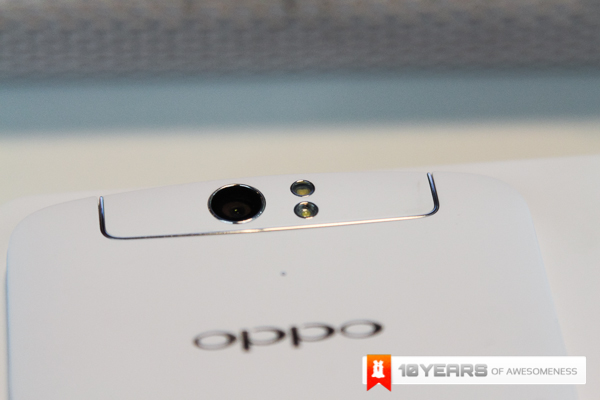
The days leading up to MWC 2014 were dominated by news of both Oppo and Xiaomi expanding their presence in the region. It was, largely, well received, as most of our readers enjoying the potential for growing smartphone options. The situation bears another look now that MWC is past. So are both Oppo and Xiaomi still viable options now that we know what is to come in the next 6 months?
If you missed all the news from MWC, we have a short roundup of everything that mattered here.
With this in mind, perhaps it would be a good time to rethink what the public perceives to be an excellent smartphone. It cannot simply be about hardware specifications anymore; developments have plateaued for long enough for most manufacturers to now compete on more or less even footing.
Nor is a smartphone a status symbol any longer. The days of impressing one’s peers with a shiny new phone are slipping away. The last few years has seen it evolve into a necessity in the workplace. Only the iPhone appears to retain its image of prestige, and even that has cracked since the introduction of the iPhone 5C late last year. Similarly Samsung’s marketing arm is working in overdrive, but still faces a divided opinion on whether the plastic finish is classy or cheap.
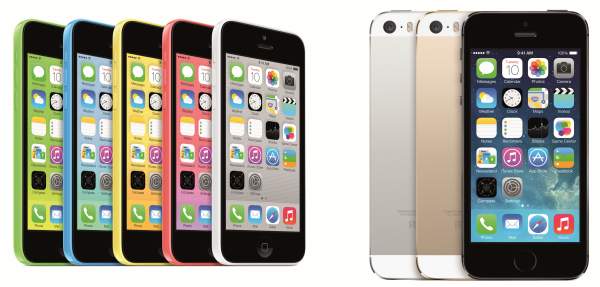
Of late, manufacturers have tried alternative features such as unique camera functions, biometric scanners, and improved resiliency against water. While these features add an extra dimension to the experience, they are, occasionally, too much of a novelty to improve everyday use.
For instance, Samsung has announced the Galaxy S5 with the most powerful octa-core Exynos processor to date, and a fingerprint scanner that prevents the kind of ‘creative’ use that happened with the iPhone. It will also pack a new 16 Megapixel camera that will either excite fans or invite comparisons to Nokia’s Pureview technology .
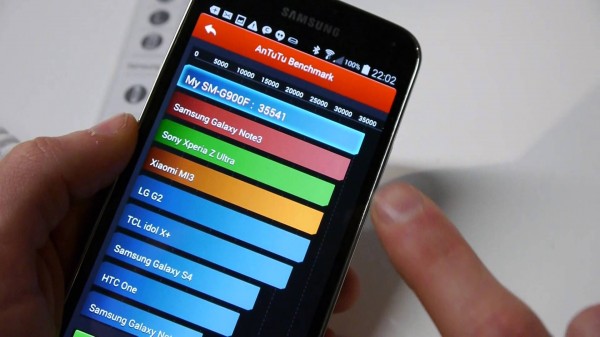
Of course, every large sensor on a smartphone will bear the same scrutiny. It might be easy to assume that neither Oppo nor Xiaomi will even attempt to compete in such a costly area; at least not in the near future. Yet, there are rumours that the upcoming Oppo Find 7 will feature a 50 Megapixel camera. Rumours which, even if untrue, indicate that Oppo will likely seek to compete at the highest level.
If this were to happen, it would not be difficult to imagine Oppo claiming HTC’s position in the smartphone market. HTC only brought two midrange devices to Barcelona, neither of which had an impact on proceedings. The HTC Desire 816 and Desire 610 are entirely bland, possibly due to the company wanting to save the excitement for its next flagship phone to be announced later this month . Still, it would have been more prudent to remain silent and bide some time instead of holding a press conference at the world’s largest mobile device convention to announce mid-range products. Perhaps there is a lesson to be learnt from the way Xiaomi was decidedly absent from the trade show.
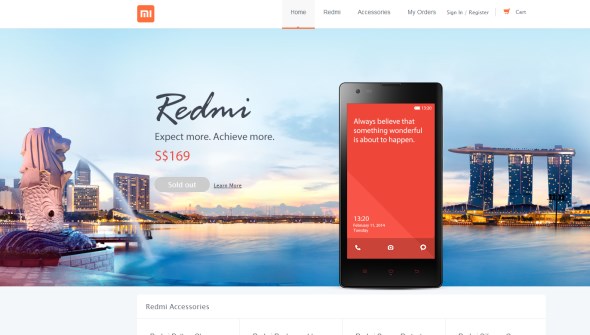
Although, admittedly Xiaomi’s target market is not the people watching MWC for news. A difference in approach that has paid off.
Which returns us to our point about the public perception of an excellent smartphone. On one level, the technology behind mobiles plays an important role in how consumers make choices. However, as progress plateaus, it eventually becomes a matter of marketing and novelty.
Retaining the public’s attention and creating brand recognition goes a long way to remaining competitive in any industry. Even those who loyally hate Apple and Samsung must admit that they have an excellent marketing strategy. That alone has allowed these two giants to retain their positions at the top of the mobile device market. Anyone who watched the Oscars will understand what this entails.
Xiaomi also has excellent marketing. What else would one expect from a company run by a man known as the Chinese Steve Jobs? His method of creating artificial supply deficits to drive demand is a master stroke in selling products. A customised operating system based on Android, but not tied to any of Google’s services is likewise a solid platform for enticing those concerned with sharing too much information with one company.
The lack of ties to Google may simply be a matter of circumstance. Its main market, China, happens to block most of Google’s services. A Singaporean release of the Mi3 saw the inclusion of those missing services, which indicates the possibility of future global phones embracing the grasp of Google.
Oppo, on the other hand, has the other quality. One of novelty. In essence, this refers to an unusual feature that is not yet claimed by any other; be it a finger print scanner, heart rate monitor, water proofing, or the like. The N1 is potentially the best selfie smartphone in existence. Simply because it allows the rear camera to rotate to the front. A simple trick that makes this particular phone stand out from the crowd.
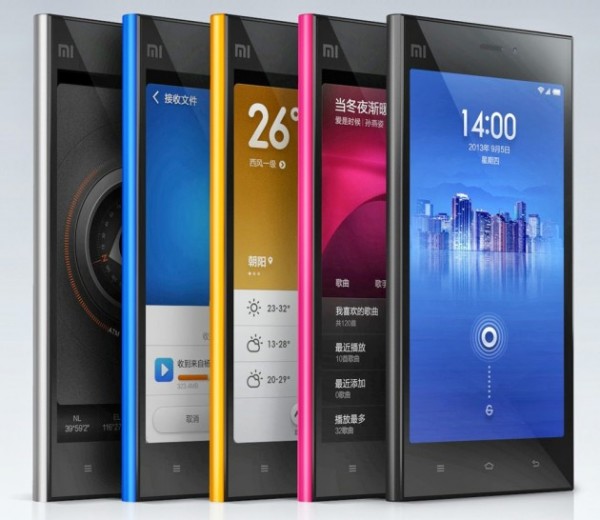
Both companies also offer something the other manufacturers do not: prices below RM2,000. At least not on flagship designs. The Xiaomi Mi3, for instance, is currently considered to be the most powerful flagship phone (for the next couple of months); and still manages a price tag well below a Samsung or a HTC. A minor point, but one that greatly matters to anyone shopping for a phone. If either manages to combine their strengths with a superior battery life, expect great changes in the consumer technology industry.
To answer the initial question: yes, Oppo and Xiaomi are very much viable options for smartphones. If only because they have gone their own way in gathering a core of loyal fans. Exploring alternative means of competing opens more options for consumers; and options are a good thing.
Follow us on Instagram, Facebook, Twitter or Telegram for more updates and breaking news.


